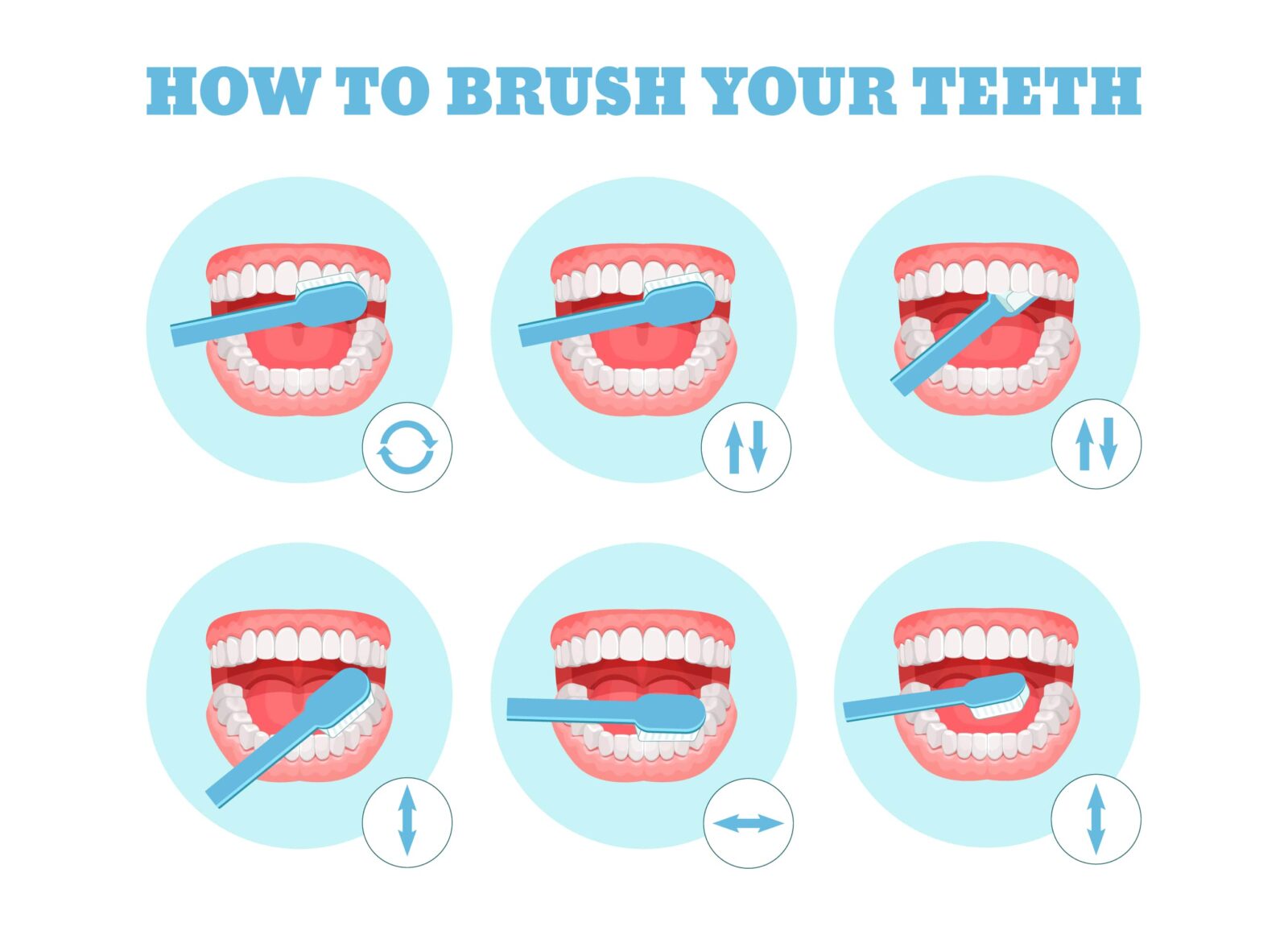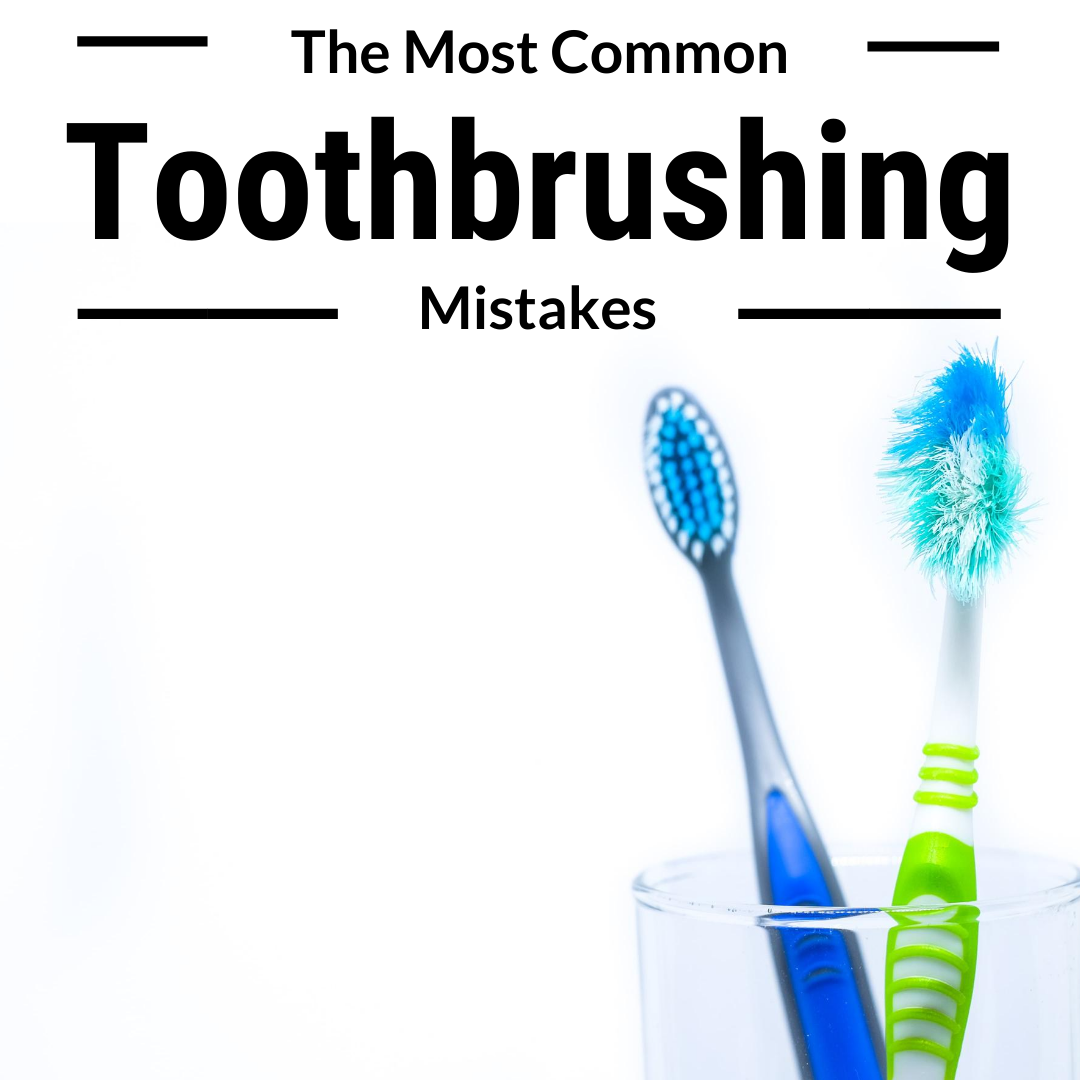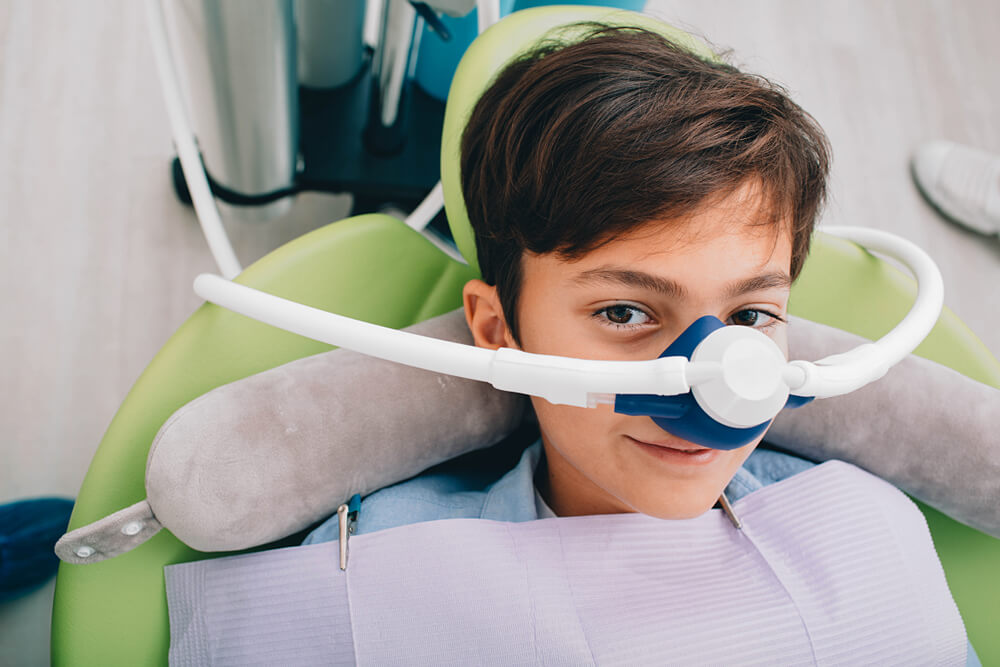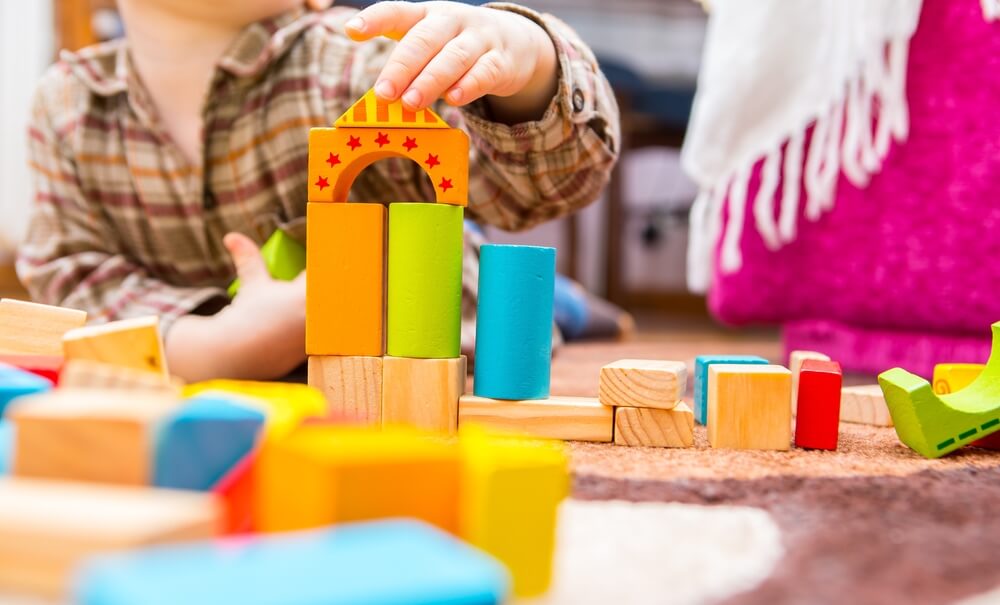Teaching your child to brush their teeth is one of the most important things you can do for their oral health. However, you must also teach your child the correct brushing technique. Most children (and even adults!) can struggle with using the proper brushing technique. In fact, dentists often say that they can tell whether or not their patient knows how to brush properly. To help you teach your child had to brush properly, here are some of the most common tooth brushing mistakes that people often make:
Not using the right toothbrush

For starters, it is essential to make sure that you are using the right toothbrush for the job. The ideal toothbrush has soft bristles and a handle that is long enough to reach the back of the mouth. For children, the ideal toothbrush may also be colorful or decorated with their favorite characters. This makes toothbrushing more exciting for them and encourages them to stick with the habit. To find an appropriate toothbrush for your child, look for the American Dental Association Seal of Acceptance. Along with having the ideal toothbrush, you also need to remember to replace your child’s toothbrush approximately every three months or after they’ve been sick. Replacing your child’s toothbrush prevents excess bacteria from accumulating inside the mouth and causing additional problems.
Brushing too hard
Another common mistake both children and adults make is that they apply too much pressure while brushing their teeth. Oftentimes, the belief is that applying more pressure can help scrub off plaque and stains to make their teeth cleaner. However, applying too much pressure only wears down your enamel and does not do anything for removing plaque or stains. This is because plaque is soft and only requires minimal pressure for removal and most stains are on the inside of the tooth and cannot be removed with a toothbrush. Therefore, your child should apply firm but gentle pressure while brushing their teeth. You can tell if your child is brushing too hard by looking at their toothbrush bristles. If the bristles appear excessively frayed outwards, this is an indication they are applying too much pressure.
Not brushing enough
One common mistake that many children tend to make is that they don’t brush their teeth enough. In order to protect your child from tooth decay and gum disease, the American Dental Association recommends brushing at least twice a day for two minutes at a time. Since timing themselves can be difficult for young children, it may be helpful to set a timer so that you can make sure they are brushing for the full two minutes. In addition to not brushing for 2 minutes, your child may also accidentally skip brushing. Therefore, making it part of their daily routine makes it easier for them to remember to brush twice a day.
Moving the toothbrush wrong

Although many people move the toothbrush side to side across their teeth, this is actually not the correct technique. Instead, you are supposed to use your toothbrush in small circular motions that start from the gum line and work to the edge of the tooth. These circular motions will be repeated on the inside and outside of each tooth. Since this can be hard for young children to master, using an electric toothbrush may be beneficial. This is because electric toothbrushes naturally are programmed to use a circular brushing motion. This minimizes the amount of work your child will need to do and also makes sure that they’re using the proper technique.
Rinsing with water
Another common mistake people make while brushing their teeth is that they rinse their mouth with water after brushing. In actuality, it is better for you to only spit the toothpaste out and avoid rinsing since this can remove the excess fluoride from the surface of your teeth. By not rinsing, you allow the fluoride to remain on the surface of your teeth, which helps to strengthen your enamel and prevent future plaque accumulation. To do this, however, you will also need to make sure that your child is using the appropriate amount of toothpaste.






